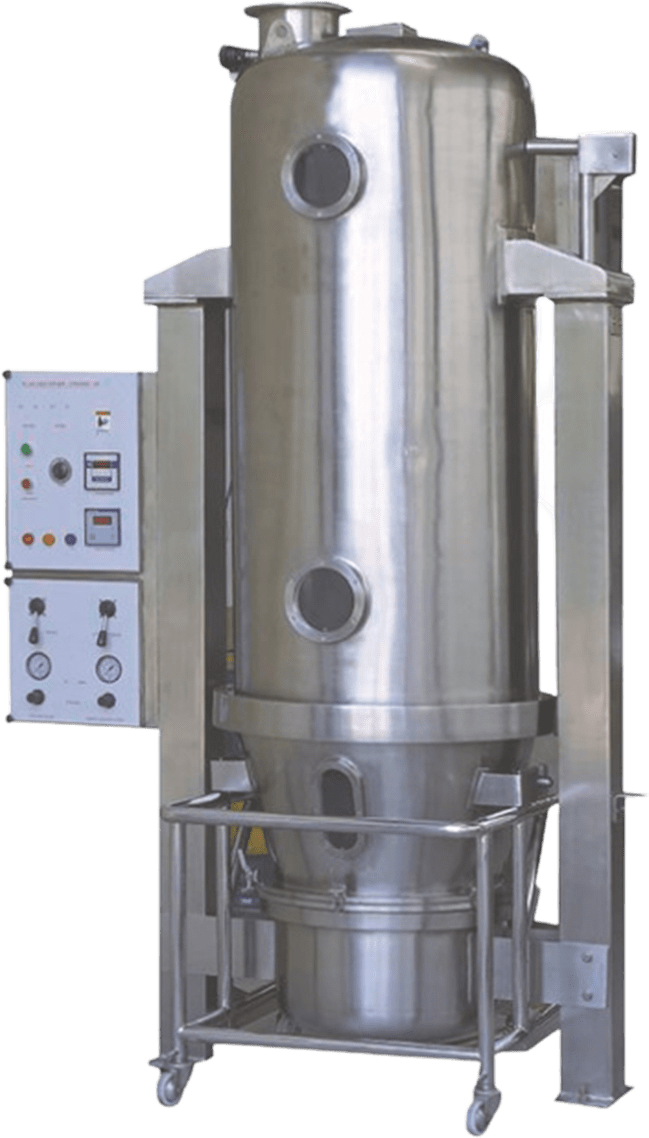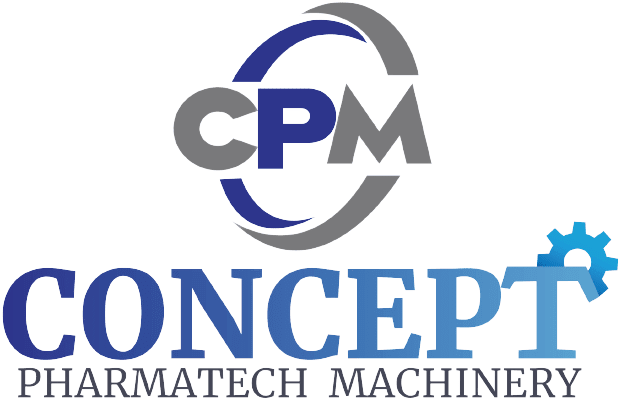
Understanding the Fluidized Bed Dryer Machine
A Fluidized Bed Dryer Machine is designed to enhance the drying process by using a high volume of air to suspend and fluidize particles, ensuring an even and efficient drying process. The fundamental principle behind the fluidized dryer is to provide sufficient energy to support the fluidization of solid particles, creating an environment where heat transfer and moisture removal are maximized due to the increased surface area of the material.
Leading Manufacturers
Several manufacturers specialize in the design and production of fluid bed dryers, with each bringing innovation and expertise to the field. Fluidized Dryer machine manufacturers like GEA, Andritz, and Glatt have established themselves as leaders in the industry, offering a range of models equipped with the latest technology to improve efficiency, control, and output quality. These manufacturers not only provide robust equipment but also comprehensive support, ensuring that their fluid bed dryer systems are integrated smoothly into existing production lines and meet the specific needs of their clients.
Fluidized Bed Dryer: Enhancing Drying Efficiency
In the spectrum of industrial drying solutions, the Fluidized Bed Dryer stands out for its efficiency, versatility, and the quality of the drying process it offers. Primarily used in the pharmaceutical, chemical, and food industries, this advanced drying system leverages the fluidized bed principle to ensure uniform drying of particulate materials, making it a cornerstone in the production line where moisture content is a critical parameter. This article delves into the Fluidized Dryer, exploring its advantages, disadvantages, capacities, and the manufacturers that lead in its innovation.
Key Advantages and Disadvantages of Fluidized Dryer
Advantages:
- Efficient Heat Transfer: Due to the fluidization of particles, there is a higher surface area for heat exchange, leading to faster drying times.
- Uniform Product Quality: The fluidizing action ensures uniform drying, reducing the risk of overheating or uneven drying of the product.
- Versatility: Capable of drying a wide range of products and particle sizes, making it suitable for various industries.
- Scalability: Fluidized Bed capacity can be adjusted to suit different production scales, from small batches to continuous, high-volume processes.
Disadvantages:
- Initial Cost: The upfront cost for a fluid bed dryer can be higher than for traditional drying methods.
- Operational Complexity: Requires skilled operators to manage and optimize the drying process effectively.
- Particle Attrition: The vigorous movement can lead to particle size reduction, which may be undesirable for certain applications.
Capacity and Customization
The capacity of Fluidized Dryer varies widely to accommodate the needs of different industrial applications. Manufacturers offer machines ranging from small, laboratory-scale units to large-scale commercial models capable of processing several tons per hour. Customization options, such as the addition of spray nozzles for granulation or coating processes, are also available to meet specific production requirements.
Technical Specification of Fluidzed Bed Dryer
| MODELS | NUPFBD 15 | NUPFBD 30 | NUPFBD 60 | NUPFBD 120 | NUPFBD 200 | NUPFBD 300 | NUPFBD 400 | NUPFBD 500 | NUPFBD 600 |
|---|---|---|---|---|---|---|---|---|---|
| Container Gross Volume LTRS | 46 | 71 | 142 | 280 | 475 | 650 | 870 | 1055 | 1350 |
| Max. Batch Capacity (0.5bd) KG | 10 TO 15 | 20 TO 30 | 40 TO 60 | 80 TO 120 | 160 TO 200 | 200 TO 300 | 300 TO 400 | 400 TO 500 | 500 TO 600 |
| Blower Motor HP | 7.5 | 7.5 | 10 | 20 | 25 | 30 | 40 | 50 | 50 |
| Air Flow (CFM) 10% | 430 | 706 | 1060 | 1880 | 2590 | 3235 | 3825 | 4000 | 4705 |
| Steam Pressure (kg/cm2) | 3.5 | ||||||||
| Steam Consumption (kg/hr) | 30 | 50 | 80 | 140 | 216 | 250 | 288 | 344 | 384 |
| Electric Heater (KW) | 18 | 20 | 36 | 60 | N.A. | N.A. | N.A. | N.A. | N.A. |
| Compressed Air Pressure (bar) | 8 | ||||||||
| Drying Temp. (oC) | 35-80 | ||||||||
| Electrical Supply | 415V 10%, AC, 3 O, 50 Hz |
For more comprehensive insights into fluidized bed and their diverse applications, visit the below website:
Fluidized bed
Vibratory fluidized bed
